If You Dropped A Water Balloon On A Bed Of Nails, You’d Expect It To Burst Spectacularly. And You’d

If you dropped a water balloon on a bed of nails, you’d expect it to burst spectacularly. And you’d be right – some of the time. Under the right conditions, though, you’d see what a high-speed camera caught in the animation above: a pancake-shaped bounce with nary a leak. Physically, this is a scaled-up version of what happens to a water droplet when it hits a superhydrophobic surface.
Water repellent superhydrophobic surfaces are covered in microscale roughness, much like a bed of tiny nails. When the balloon (or droplet) hits, it deforms into the gaps between posts. In the case of the water balloon, its rubbery exterior pulls back against that deformation. (For the droplet, the same effect is provided by surface tension.) That tension pulls the deformed parts of the balloon back up, causing the whole balloon to rebound off the nails in a pancake-like shape. For more, check out this video on the student balloon project or the original water droplet research. (Image credits: T. Hecksher et al., Y. Liu et al.; via The New York Times; submitted by Justin B.)

More Posts from Drunkscience4u and Others


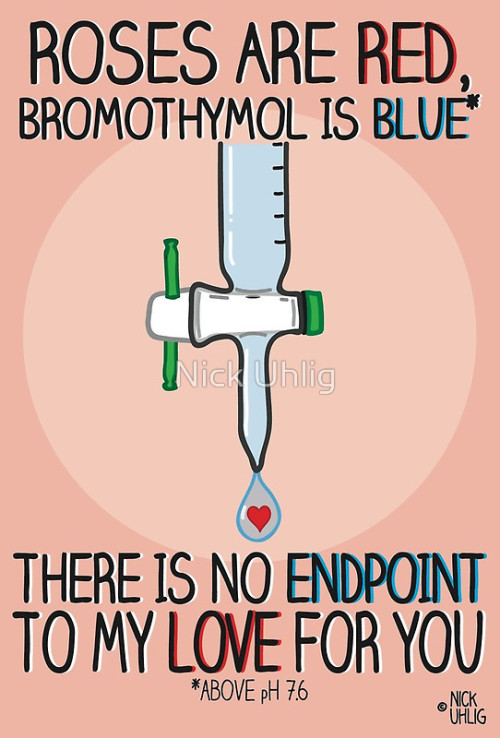
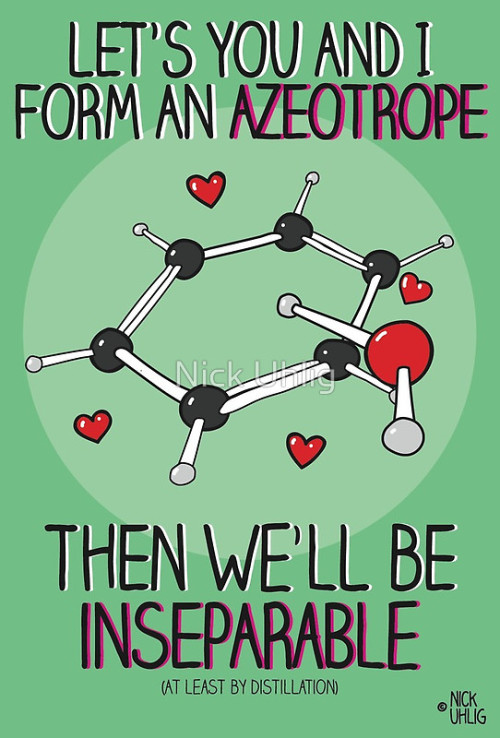
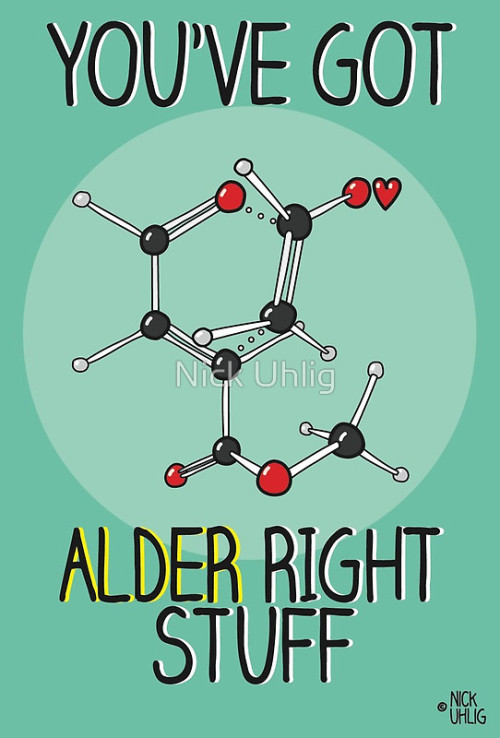
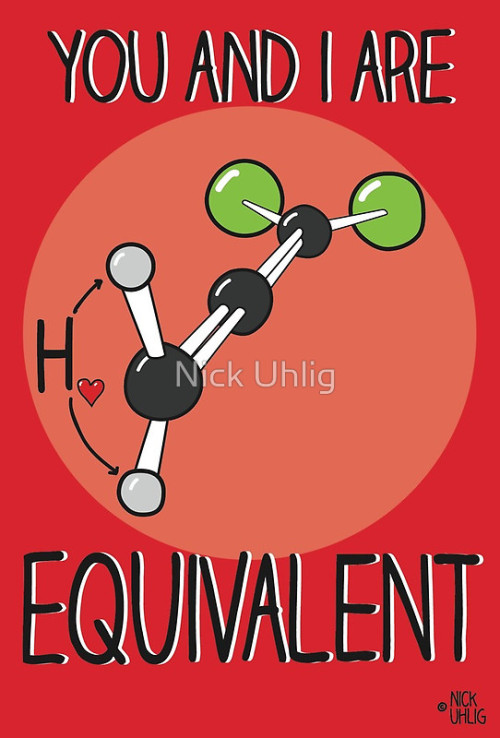
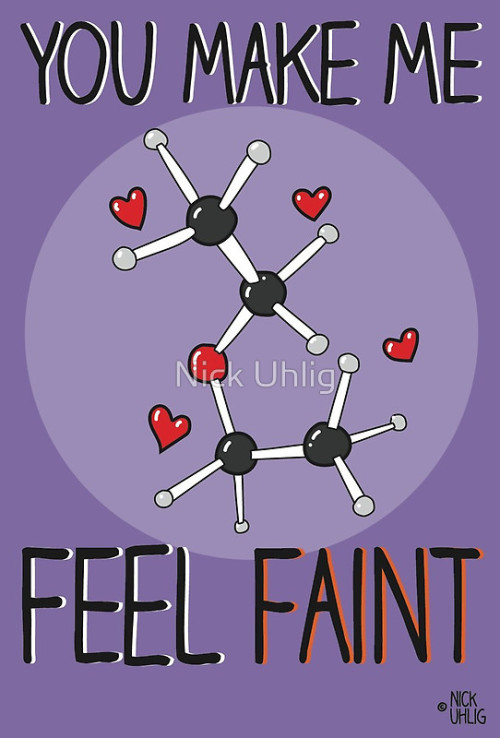
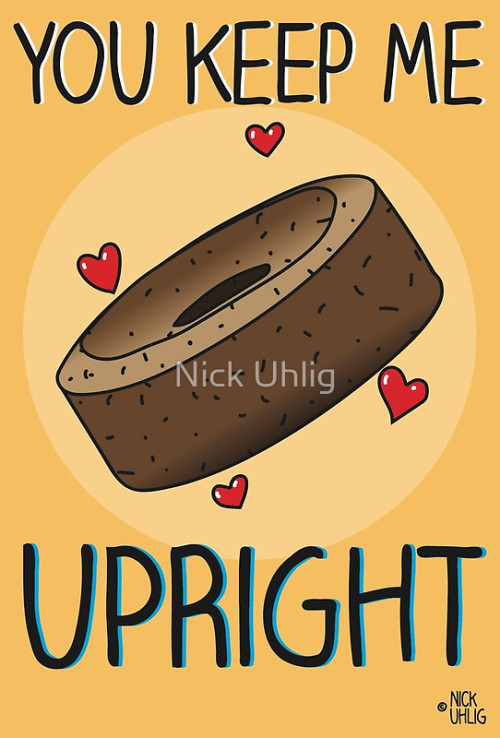
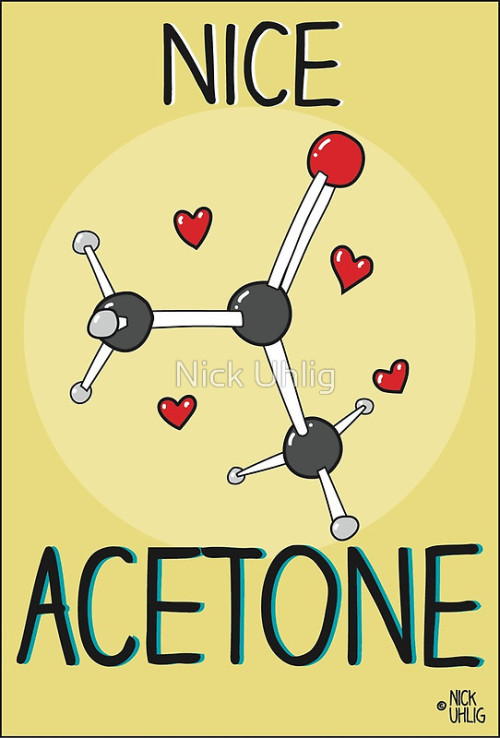
Chemistry Valentine’s Cards by Nick Uhlig.

Mole-cool
https://www.facebook.com/drunkscience4u/videos/1416673815012163/
Anyone wanna hire Cylinder before we snatch them up for an unpaid internship? You have until March 4, when we air! CV available upon request.










December 17, 1965 – Stunning images of Earth captured by the astronauts of Gemini 7 as their craft raced around the planet.
(NASA/ASU)
-
 bitsofsciencelife reblogged this · 1 month ago
bitsofsciencelife reblogged this · 1 month ago -
 liosnoweswerma liked this · 1 year ago
liosnoweswerma liked this · 1 year ago -
 complementaryxcolors liked this · 4 years ago
complementaryxcolors liked this · 4 years ago -
 coffee-math-chamomile liked this · 4 years ago
coffee-math-chamomile liked this · 4 years ago -
 techjum reblogged this · 4 years ago
techjum reblogged this · 4 years ago -
 ultraixxi reblogged this · 5 years ago
ultraixxi reblogged this · 5 years ago -
 booksgivemelifeiswear liked this · 5 years ago
booksgivemelifeiswear liked this · 5 years ago -
 italiansouthside liked this · 6 years ago
italiansouthside liked this · 6 years ago -
 dubiousspectrum reblogged this · 6 years ago
dubiousspectrum reblogged this · 6 years ago -
 wakayume reblogged this · 6 years ago
wakayume reblogged this · 6 years ago -
 wakayume liked this · 6 years ago
wakayume liked this · 6 years ago -
 traversethesky liked this · 6 years ago
traversethesky liked this · 6 years ago -
 shawnwear liked this · 6 years ago
shawnwear liked this · 6 years ago -
 thoughtful-wizard liked this · 6 years ago
thoughtful-wizard liked this · 6 years ago -
 sammison liked this · 6 years ago
sammison liked this · 6 years ago -
 riekod reblogged this · 6 years ago
riekod reblogged this · 6 years ago -
 wakaeshu liked this · 6 years ago
wakaeshu liked this · 6 years ago -
 p3r53v3r4nc3 liked this · 7 years ago
p3r53v3r4nc3 liked this · 7 years ago -
 tum1980jp-blog liked this · 7 years ago
tum1980jp-blog liked this · 7 years ago -
 widsquid reblogged this · 7 years ago
widsquid reblogged this · 7 years ago -
 adrunkgiraffe reblogged this · 7 years ago
adrunkgiraffe reblogged this · 7 years ago -
 artistically-capricious reblogged this · 7 years ago
artistically-capricious reblogged this · 7 years ago -
 queenofthebugs liked this · 7 years ago
queenofthebugs liked this · 7 years ago -
 superpurplecheese liked this · 7 years ago
superpurplecheese liked this · 7 years ago -
 shutthefoxup reblogged this · 7 years ago
shutthefoxup reblogged this · 7 years ago -
 banji-effect liked this · 7 years ago
banji-effect liked this · 7 years ago -
 bogfox reblogged this · 7 years ago
bogfox reblogged this · 7 years ago -
 a7omz-blog liked this · 7 years ago
a7omz-blog liked this · 7 years ago -
 bat-cat-reader reblogged this · 7 years ago
bat-cat-reader reblogged this · 7 years ago -
 spuffycarrie liked this · 7 years ago
spuffycarrie liked this · 7 years ago -
 extradiol liked this · 7 years ago
extradiol liked this · 7 years ago -
 disillusionedherbalist reblogged this · 7 years ago
disillusionedherbalist reblogged this · 7 years ago -
 disillusionedherbalist liked this · 7 years ago
disillusionedherbalist liked this · 7 years ago -
 rattlehead66 reblogged this · 7 years ago
rattlehead66 reblogged this · 7 years ago -
 rattlehead66 liked this · 7 years ago
rattlehead66 liked this · 7 years ago -
 yourbadbehavior liked this · 7 years ago
yourbadbehavior liked this · 7 years ago -
 cutiesncantrips reblogged this · 7 years ago
cutiesncantrips reblogged this · 7 years ago -
 cutiesncantrips liked this · 7 years ago
cutiesncantrips liked this · 7 years ago -
 marrella-splendens liked this · 7 years ago
marrella-splendens liked this · 7 years ago -
 transhuman-priestess reblogged this · 7 years ago
transhuman-priestess reblogged this · 7 years ago
The official page of Drunk Science! An enthusiastic host performs simple experiments and then humorously explains the science behind the result, all while visibly drunk.
126 posts








